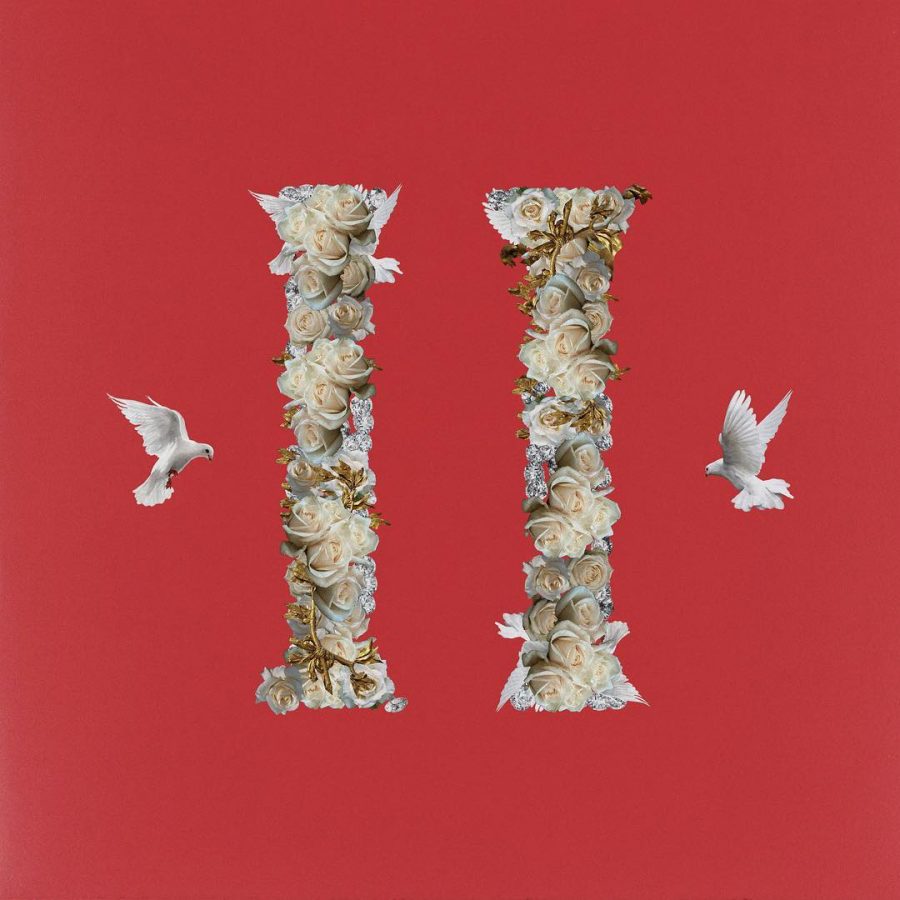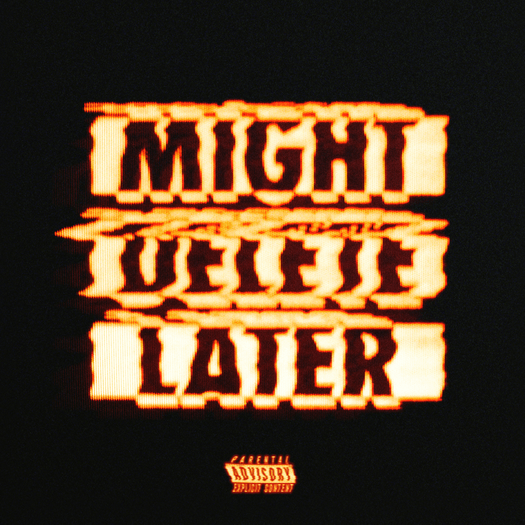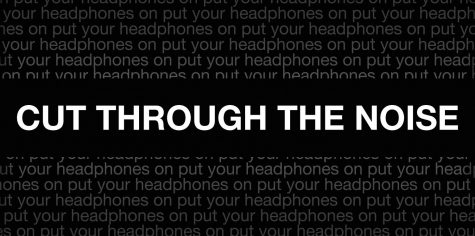“Culture II” fails to excite
Repetition, lack of creativity detrimental to Migos album
February 11, 2018
Taking the world by storm and revolutionizing the modern hip-hop genre with “Culture,” rap trio Migos had fans holding their breath with the release of their next album “Culture II.”
The disappointment set in quickly when, on Jan. 23, two days before the album’s release, the track “Supastars” (sic) was released as a promotional tease to excite and prepare fans. It did not take long before heavy confusion set in with one of the strangest, most obscure beats seen from Migos in quite some time. If “Supastars” was any indication of the remainder of the album, the 25th would be a painful ordeal.
However, upon Culture II’s release, it was with a breath of fresh air that I realized Migos had finally made a return with their classic style of upbeat trap music. With high hopes came high expectations of a fresh and revitalized sound which, unfortunately, the group did not fulfill.
Featuring a massive tracklist of 24 tracks and racking up to over 110 minutes, it was only around 6 tracks in before the boredom set in. While the opening track “Higher We Go” gives fans the simple beat and ad-libs all Migos fans look for, listeners will get bored with the first few tracks featuring songs over four minutes long. The album’s primary weakness is the lack of lyrical creativity, a prominent trend in top rap hits today. — Atticus Raasch
A few songs from “Culture II” really did impress however. Due to their high profile in the rap industry today, Migos was able to feature many popular artists in their album. Songs such as “BBO feat. 21 Savage” splice two unique styles of music, and although the lyrics are not extensive, 21 Savage offers a great, head-bobbing flow. Similarly, “Notice Me” features prominent rapper Post Malone. While the message of the song revolves around attention through material wealth, a large theme throughout the album, the sound is calm yet intriguing, allowing for a raw and satisfying flow.
The album’s primary weakness is the lack of lyrical creativity, a prominent trend in top rap hits today. A prime example can be seen with the track “Emoji A Chain.” Though rapper Future brings high hopes to the song, disappointment quickly sets in with an underwhelming beat and lyrics boasting about transforming Emoji’s into wearable jewelry. In a musical climate relying on relatability and a strong message, Migos sets the bar extremely low for the rap industry all together.
Another problem with the album extends from the lack of engagement that is created with such a long project. Tracks such as “Work Hard” and “MotorSport” extend over five minutes in length, and though many cannot seem to get enough of the classic Migos sound, the utter repetition of lyrical messages and predictable, bass-heavy beats turns listeners away from the group. As each of the members, Quavo, Offset and Takeoff need to contribute their individual verses to the song, separated by a boring chorus, it is easy to see why the album is as long as it is.
Migos’ first “Culture” album was a revolutionary piece for the rap industry. However, the new ideas introduced to their debut masterpiece were simply repeated in a longer format. Creativity and a fresh sound went out the window in this album, and although many tracks may stick around for the coming weeks, “Culture II” will prove to underwhelm listeners for the rest of “Migos’” career.













